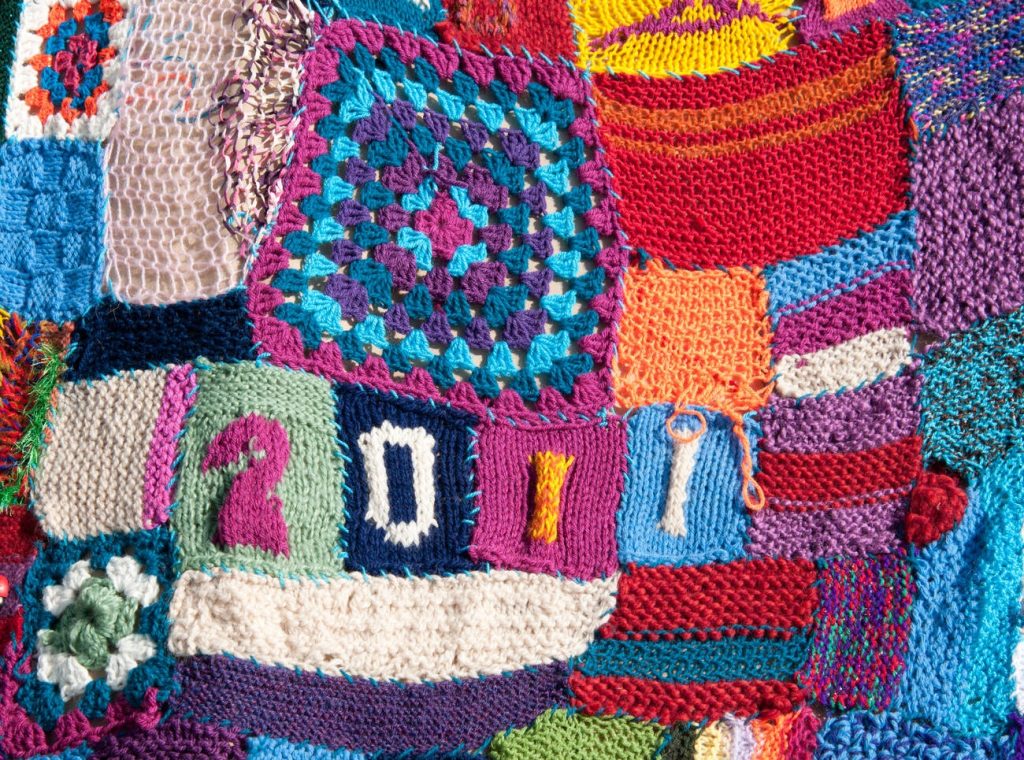Do you know which country is renowned for its rich knitting heritage? From the intricate cables of Ireland to the cozy Fair Isle patterns of Scotland, numerous nations have woven their unique traditions into the art of knitting. As you delve into this article, prepare to unravel the fascinating tapestry of countries like Norway, Peru, and Japan that have made significant contributions to this time-honored craft. Let’s explore together and discover the diverse world of knitting!
Ireland
Ireland’s Aran sweaters are famous for their intricate cable patterns. When exploring Ireland’s knitting scene, you’ll discover a rich history rooted in traditional techniques. The Aran sweaters, with their unique designs symbolizing elements of the sea and nature, showcase the country’s craftsmanship and storytelling through knitwear. Famous knitwear designers have made significant contributions to Ireland’s reputation as a hub for quality wool products. Attending knitting festivals allows you to immerse yourself in the vibrant community of yarn enthusiasts and witness firsthand the passion for this craft. Moreover, these events celebrate not only the artistry but also the Irish wool industry, supporting local farmers and showcasing the sustainable practices that make Irish wool so special.
Scotland
When visiting Scotland, you’ll find intricate patterns and designs in their traditional wool garments. The country’s long history of knitting is deeply rooted in traditional techniques handed down through generations. Scottish wool, such as the renowned Shetland wool, is famous for its quality and durability. This craft holds significant cultural importance in Scotland, showcasing the country’s heritage and craftsmanship. Knitting festivals are popular events where enthusiasts gather to celebrate this ancient art form and share their skills. While honoring tradition, modern designs have also emerged in Scottish knitwear, blending contemporary styles with classic techniques to create unique pieces that reflect the country’s rich knitting heritage.
Norway
Norway’s traditional wool sweaters, called ‘lusekofte,’ are characterized by intricate patterns and designs that reflect the country’s rich cultural heritage. These sweaters hold immense cultural significance and are often made using traditional techniques passed down through generations. Some famous designs include the eight-petal rose and the Selbu star, each with its own story to tell. Knitting festivals in Norway celebrate this art form, bringing together enthusiasts from around the world to admire and learn about Norwegian knitting traditions. Wool production plays a vital role in ensuring the quality of these garments, with many local sheep providing the wool used in creating these beautiful sweaters.
| Traditional Techniques | Cultural Significance | Famous Designs |
|---|---|---|
| Passed down through generations | Reflects rich heritage | Eight-petal rose |
| Intricate patterns | Celebrated art form | Selbu star |
| Local sheep provide wool | Unites enthusiasts worldwide | – |
Knitting Festivals:
- Celebrate Norwegian traditions
- Showcase intricate designs
- Educational workshops for enthusiasts
Peru
Peru’s vibrant textile industry features intricate patterns and designs that showcase the country’s rich cultural heritage. The use of Alpaca wool in crafting these textiles is a traditional practice that has been passed down through generations. These fabrics often display Andean patterns, which are known for their colorful and mesmerizing motifs. The knitting culture in Peru goes beyond just creating textiles; it fosters a sense of community where skills and techniques are shared among members. This close-knit community values handmade textiles for their unparalleled craftsmanship, preserving not only the artistry but also the stories and traditions woven into each piece, thus contributing to the ongoing cultural heritage preservation efforts in the country.
Japan
Explore Japan’s rich textile traditions and discover the intricate patterns woven into their fabrics. Traditional techniques hold immense cultural significance in Japan, where knitting communities thrive. The country’s history is interwoven with a deep-rooted appreciation for textiles, showcasing traditional craftsmanship alongside modern innovations. Japanese knitting techniques have influenced global fashion trends, with their unique designs and attention to detail captivating audiences worldwide. From delicate lacework to cozy winter knits, Japan’s influence on the fashion industry is undeniable. Knitting communities in Japan not only preserve age-old traditions but also embrace new technologies to push the boundaries of what can be created with yarn and needles. Immerse yourself in Japan’s knitting culture to witness firsthand the seamless blend of tradition and innovation.
Iceland
Iceland’s traditional wool sweaters, known as lopapeysa, are popular among locals and visitors alike for their warmth and unique designs. When it comes to Icelandic wool, it’s revered for its exceptional quality and ability to keep you cozy in cold weather. The traditional patterns found on these handmade sweaters often reflect Iceland’s rich cultural heritage, making each piece a work of art. Attending knitting festivals in Iceland is a great way to immerse yourself in the country’s knitting traditions and maybe even learn a stitch or two. Many of these lopapeysas are made using eco-friendly yarns, aligning with Iceland’s commitment to sustainability and preserving its breathtaking natural landscapes.
Estonia
In Estonia, you can discover intricate patterns and vibrant colors in their traditional wool garments, each one reflecting the rich cultural heritage of the country. Estonian knitting traditions have been passed down through generations, showcasing unique stitches like the famous “nupp” pattern. Knitting festivals in Estonia bring together enthusiasts from around the world to celebrate this craft, sharing techniques and stories. The Estonian knitting techniques are known for their delicate lacework and intricate designs, with skilled artisans creating masterpieces that stand out globally. Some famous Estonian knitters have gained international recognition for their innovative approach to traditional patterns. The Estonian wool industry plays a significant role in providing high-quality materials for these beautiful creations, ensuring a sustainable future for this cherished craft.


